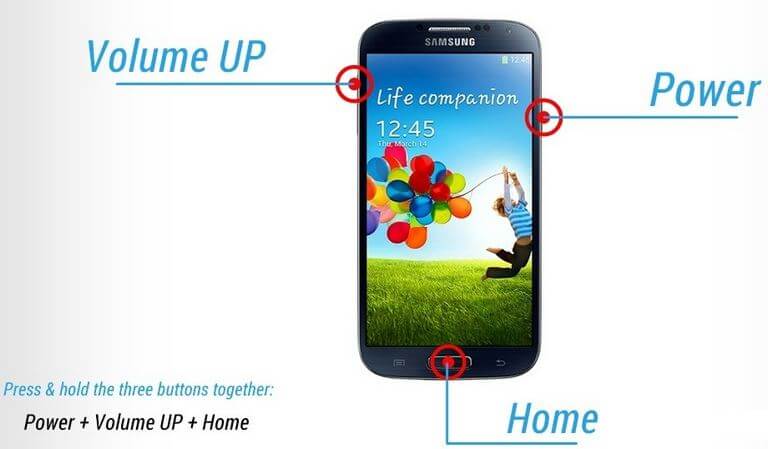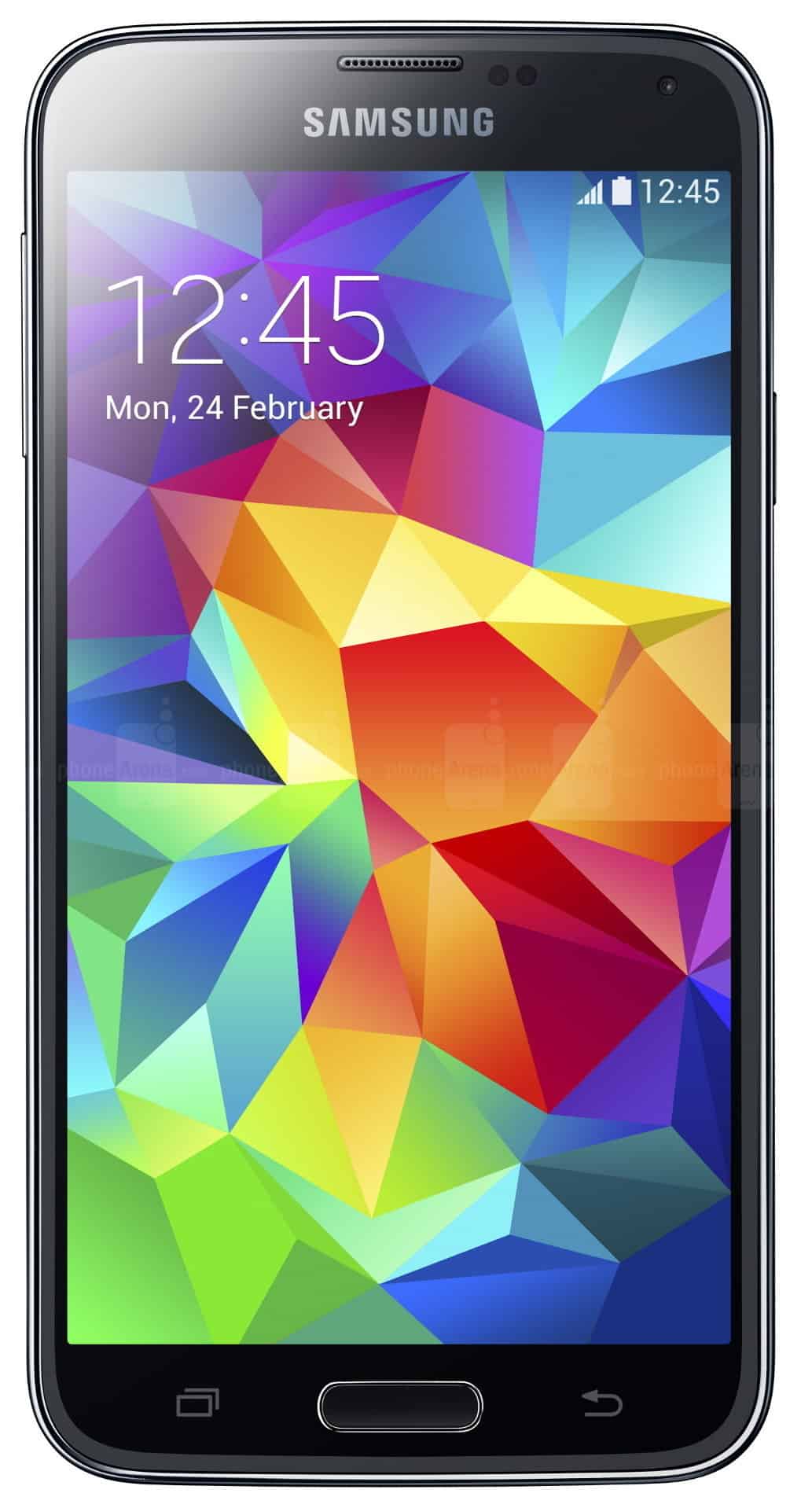A photographer’s main tool is not the camera, but the light. It is he who draws landscapes, portraits, and still lifes on film or matrix. Light is used to solve three photographic problems: technical, pictorial, and compositional. The technical task of producing an image has been accomplished by the invention of the camera: a precisely measured amount of a specific spectral composition of light is sent through the lens to the desired spot in the frame, where dark or light areas appear – light and shadow. One of the interesting lighting effects is the lens flare. It is often used by photographers. If you want to know more about lens flare, you can read about it on the Skylum blog.

Hardware
To solve a pictorial problem, it is not enough just to fill the space in the field of the viewfinder with light. It can be used to depict, that is, to draw, the three-dimensional world around us on the picture plane. Light makes it possible to reproduce the roundness of an apple and the tenderness of a child’s skin, the graphic quality of a forged lattice and the nosiness of a granite sidewalk, the beauty of a crystal goblet and the shine of a nickel-plated table knife, the delicate colors of a misty morning and the screaming contrasts of a night city. The compositional problem can be solved by the shadows generated by the light. Sometimes the shadow is simple and definite. Light can be directed at the subject from anywhere: above and below, right and left, front and back. Each time, it creates a shadow pattern that is unique to that direction of light and influences the viewer’s perception of the photograph.
Directions of light
Light is differentiated according to the direction it is directed at the subject:
- rear (or straight) – directed at the subject from behind the photographer;
- upper light – directed at the subject from above. lower light – directed at the subject from below. upper side light – directed at the subject at an angle to the right or left of the camera;
- side – aimed at the subject strictly from the side. back side – aimed at the subject at an angle from behind and to the right or left of the camera;
- backside – Aimed at the subject at an angle to the right or left of the camera.
This ends the description of the directions of light. You can move on to the next section.

Types of light
Very often several light sources are used to create a picture, both outdoors and indoors. In this case, each of them has its own purpose and name:
- Drawing light is the main kind of light (all other lights are auxiliary). It is this light that creates the shadows, defining the light and shade of the shot. Drawing light is usually produced by a single light source and can be directed at the subject from anywhere;
- Fill light – it is used to illuminate shadows, giving them lightness and transparency. Without fill light, there can be completely black areas in the shadows. Sometimes it is appropriate, but more often some details should be read in the shadows;
- Backlight – is directed to the object from behind and supports the drawing light, creating additional highlights in the areas illuminated by it;
- In cases where the brightness of the object and the brightness of the background coincide, the backlight helps detach the object from the background;
- Contour (or Contrajour) – a type of backlight. It is created by a source that is mounted exactly behind the model’s head and directed into the camera lens. It draws a bright, over-lit outline around the subject, devoid of details;
- Background – used to illuminate the background, to create a light and shade pattern on it that supports the drawing light.
And this is not the last criterion for a successful light setup.
Quality of light
- Soft (or diffused) – does not form sharp shadows. It is the light of an overcast day or covered by a clouded sun, light reflected from a white wall or photo umbrella (semi-transparent, working on the light, or with a reflective inner surface, working on the reflection), the light of softboxes (special lighting devices, giving soft light);
- Hard (or directional) light – forms sharply delineated, deep shadows. It is the light of the sun or lighting fixtures with a small luminous body: incandescent bulbs, street lamps, spotlights (special directional hard light sources that give a very narrow beam).
All kinds of lights can be used for drawing light, but it is more convenient to shoot people with pulse sources because shooting moving objects requires short shutter speeds. Flash units produce a powerful pulse in hundredths of a second, so you are guaranteed to avoid shakiness. Still lives, on the other hand, are better illuminated with devices with halogen bulbs. Constant light makes it possible to carefully, without being in a hurry, make a composition, and the shutter speed in this case can not affect the result of the photograph.
Soft light does not form sharply delineated, deep shadows. Such light can be obtained when the luminous body of the light source has a radiating area so large that it seems to cover the subject both to the right and to the left. The same softbox or umbrella can work very softly when moved close to the subject, and very hard when moved far away from it.



